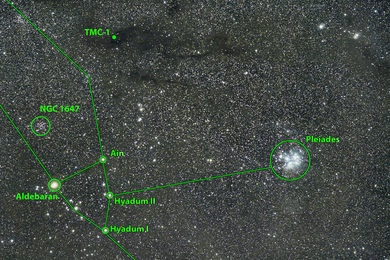Now that the human genome has been mapped, researchers are looking at protein kinases--protein-modifying enzymes involved in cell division--to understand how cells regulate protein activity in normal and disease states and help analyze the genome. MIT researchers at the Center for Cancer Research (CCR) have created a screen for proteins that has been described as a revolution in proteomics.
The screen, reported recently in Science, identifies mechanisms by which protein kinases work and provides new targets for drug design. The work is funded by the National Institutes of Health.
"A single screen generates three pieces of information simultaneously," says author Michael B. Yaffe, assistant professor of biology at the CCR. "It identifies new modular domains involved in cell signaling; it reveals the sequence motif recognized by the domain, allowing cell signaling pathways to be constructed using bioinformatics; and provides lead compounds for drug design."
Members of the polo subfamily of protein kinases, polo kinases appear to play pivotal roles in cell division and proliferation.
"While the screen revealed a new domain in polo kinases, it is now being applied to reveal a host of other, as-yet-unknown domains that control cell signaling," Yaffe said. Co-authors include Andrew E. H. Elia, a graduate student in the MIT-Harvard Division of Health Sciences and Technology, and Lewis C. Cantley of Harvard.
Why are polo kinases important? They are one of the most critical kinases that control cell proliferation, and they are up-regulated in almost every type of cancer. "At least five major pharmaceutical companies have projects focusing on developing polo kinase inhibitors, so our new domain is likely to emerge as an excellent target," Yaffe said. "This screen could help design small molecules that target regulatory protein kinases."
A version of this article appeared in MIT Tech Talk on March 19, 2003.






